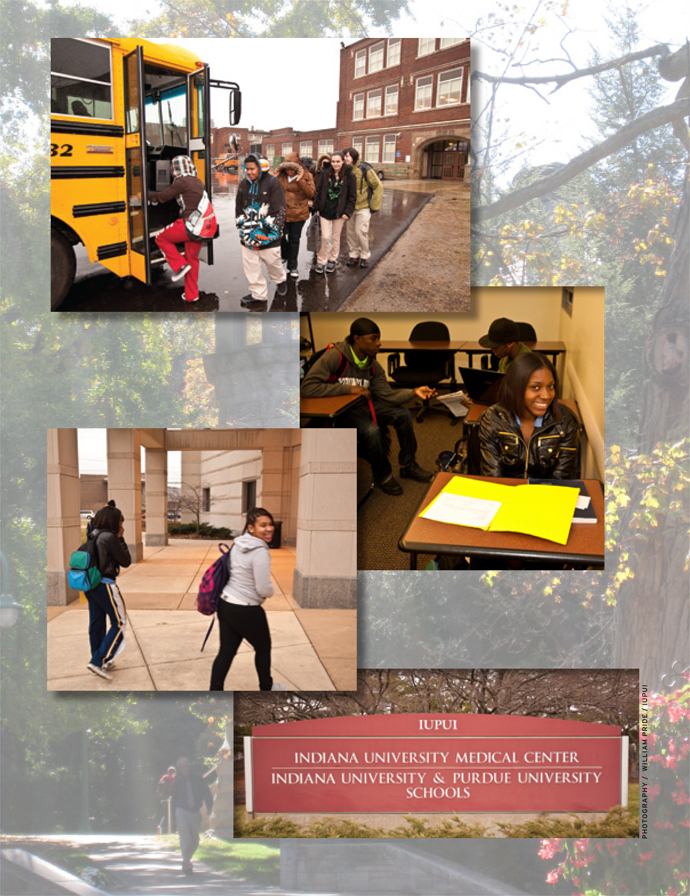On Top of the News
Dual-Enrollment Programs: Funding, Rigor, Alignment Are Crucial, Study Says
Education Week | 3/29/2016
Behind the Headline
High Schoolers in College
Education Next | Summer 2011
A new report from the Education Commission of the States examines the policies each state has in place for allowing high school students to earn college credit in “dual enrollment” programs.
As described by Catherine Gewertz
The study looks at the basics, such as whether a state has a statewide dual-enrollment policy in place (three don’t), and examines policies that support access to the programs, such as whether a state caps the amount of credit a student can earn. It examines finance questions such as who pays the college tuition, and it raises questions of program quality, such as the mechanisms for ensuring well-trained teachers and rigorous courses.
Gewertz identifies the key components of the program as being how they are funded, whether states are clear with districts about student eligibility to participate, and whether mechanisms are in place to ensure rigor.
June Kronholz profiled a dual enrollment program in Indiana for Education Next and spoke with students participating in the program in “High Schoolers in College.”
As background, she explains,
A century ago, often under pressure from labor unions, states passed seat-time and mandatory-attendance laws that compelled youngsters to stay in school, and out of the competition for jobs. The laws haven’t changed much today, but kids have, and by their midteens, many of them—bored with high school or academically beyond it—are ready for the next step.
The states’ almost uniform response has been dual-enrollment programs. Kids remain in high school but are able to take college courses at the same time. Almost every state has some sort of dual-enrollment policy, and 12 states require their school districts and public postsecondary schools to work out dual-enrollment partnerships, according to the Education Commission of the States (ECS). The U.S. Department of Education reported in 2005 that 98 percent of community colleges and 77 percent of public four-year colleges were taking part in dual-enrollment programs.
Universities and private colleges have long accepted gifted students and ambitious high schoolers under all sorts of arrangements. Among other reasons, colleges have viewed dual enrollment as a way to recruit and retain the brightest young students in the area. But in 1985, starting in Minnesota, states began looking at dual enrollment as a way to prepare even average students for college and to move nonacademic-minded kids into career and technical education. Some 5,300 high schoolers attended classes at 65 public, private, technical, community, and extension campuses under Minnesota’s Post-Secondary Enrollment Options Program in 2008–09, it reported on its web site.
Today, as legislators see it, dual enrollment offers something for everyone: academic enrichment for kids who have maxed out the honors and accelerated classes their schools offer; a glimpse of college rigor for high school laggards; and a leg up on a career for those who enroll in trade programs. Not incidentally, dual enrollment promises to speed youngsters through college and into the workforce, cutting college costs for parents and taxpayers alike.
But in their rush to get high schoolers into college, legislators are setting some up for disappointment. With state education budgets perpetually strapped, many states haven’t provided money to pay the college tuition. That leaves youngsters and their parents to pick up the bill, or high schools and colleges to swallow the cost.
—Education Next



